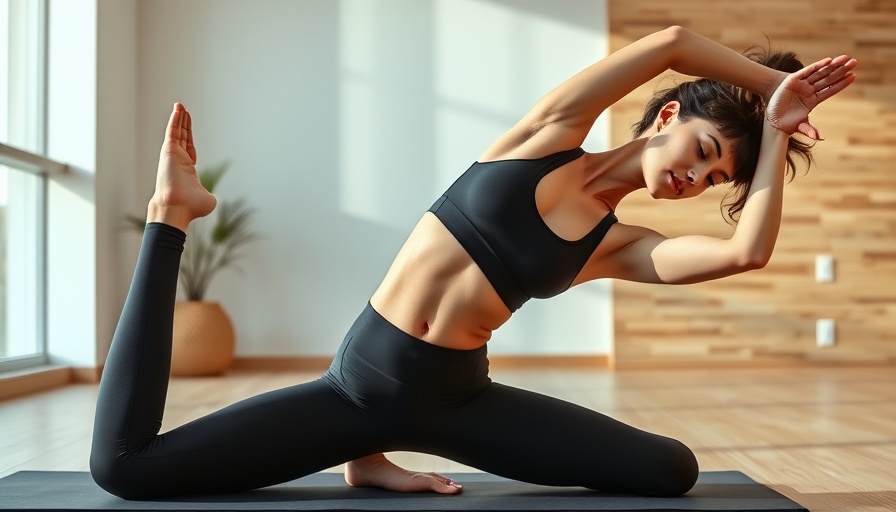
Unlocking Unilateral Leg Strength for Everyday Life
In the pursuit of fitness, many focus solely on lifting heavier weights or increasing repetition counts, often overlooking the importance of functional movement. For adults navigating busy schedules, the ideal workout should not just build strength in the gym but enhance your daily life. Unilateral leg training, or single-leg exercises, stand out as practical tools to foster strength, balance, and coordination—skills we need from climbing stairs to chasing after children.
Why Focus on Single-Leg Training?
Single-leg exercises are often underappreciated within the broader fitness community. They go beyond mere spectacle; they develop essential life skills that directly apply to everyday tasks. Imagine picking up groceries with one hand while balancing on one foot, or maintaining stability while hiking on uneven trails. These scenarios help us appreciate the natural movement demands on our bodies. By incorporating unilateral leg training into your routine, you systematically prepare your body to handle these challenges.
The Power of the Shrimp and Pistol Squat
Two standout exercises—Shrimp Squats and Pistol Squats—play vital roles in developing lower body strength and overall physical capability. Don’t let their reputation for difficulty discourage you. Both exercises, while challenging to master, serve as benchmarks that signify your progress. Remember, these are not merely final destinations but starting points for building strength and mobility.
To implement these squats effectively, focus on the “Bottoms-Up” technique. This progressive approach emphasizes practicing the squat from the lowest point, allowing you to refine the crucial weight shifting necessary for success. This method also eases frustration and builds confidence, promoting a positive, engaging journey toward mastering harder movements.
Additional Insights for Effective Practice
For those eager to dive into unilateral leg training, it’s important to balance between practicing challenging exercises and allowing your body to adapt. Allocate time each week to focus exclusively on single-leg movements. Even simple exercises like single-leg stands or step-ups can pave the way for proficiency in more demanding squats.
Creating a Balanced Routine
Integrate single-leg exercises into your fitness regimen with a balanced approach that emphasizes strength, endurance, and flexibility. Aim for a well-rounded workout that includes warm-up, strength training, and cooldown segments. Consider including unilateral movements three times a week, each time focusing on different aspects of strength, such as endurance on one day and power on another.
The Bigger Picture: Enhancing Mobility and Quality of Life
Ultimately, the essence of unilateral training is its direct correlation to your everyday life. As you enhance your strength and balance, recognize that these skills will ripple out into various areas of your life, making you feel more capable and confident in handling daily tasks. The journey of improvement will not only yield fitness gains but will also enrich your overall quality of life.
Take Action Today!
Are you ready to experience the benefits of unilateral leg training? Start incorporating these single-leg exercises into your routine today, and observe significant transformations in your strength, balance, and overall confidence. Embrace the path of functional fitness that serves well beyond the gym!
 Add Row
Add Row  Add
Add 




Write A Comment